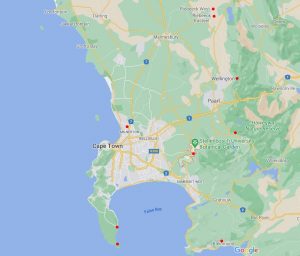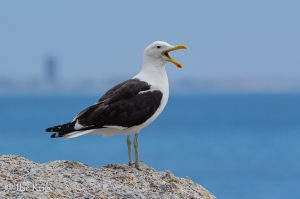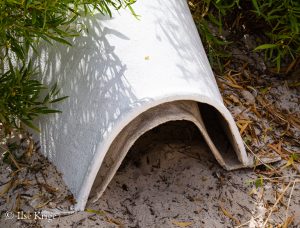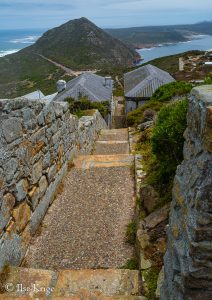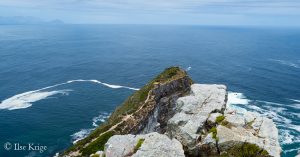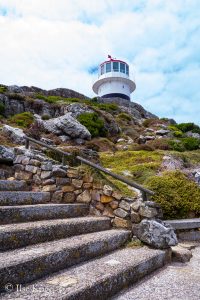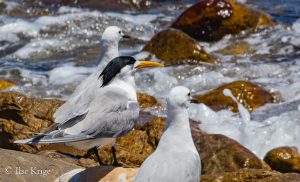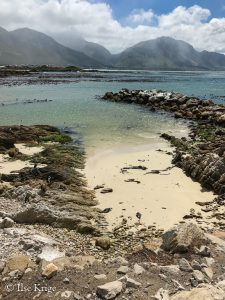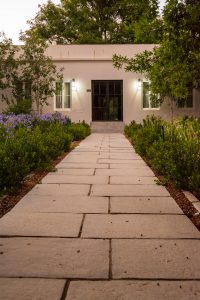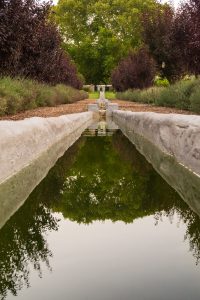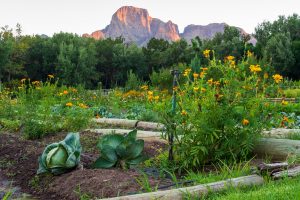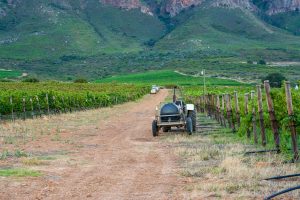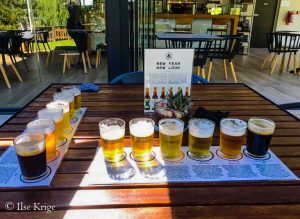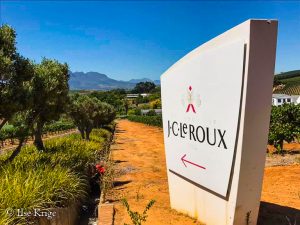Cape Town Road Trip, Cape Town and Winelands - January & February 2021
ROAD TRIP ON THE DIAGONAL – PHASE 4
CAPE TOWN AND WINELANDS
Heading south from the West Coast area, we were mentally preparing ourselves for the Big City. We had not been in Cape Town proper for many years, and we were not sure what had changed.
On the N7, the Piekenierskloof Pass and the Swartland offered their own picturesqueness, however there was a large flat piece of rock at the end of the road, getting bigger as we approached – Table Mountain. Nothing says “Cape Town” more than that iconic piece of granite.
We were heading to the Tableview area for an overnight stay with our friend Charmaine and after that three nights in Stellenbosch and three nights in Franschhoek beckoned. Both those hosts being ex-colleagues of mine from my days of shaping the minds of the youth (not sure how much success I had in that area, but we sure had lots of fun in the staff room!).
After lots of catching up, laughs, coffee and food, we left Charmaine in peace and went in search of things to see.
It is a well-known phenomenon that people often forget the beauty in their own backyard and look for it further afoot. That sure was true for us when we lived in the Cape. We grew up in the Winelands, yet visited Boulders beach and Cape Point but a handful of times between the two of us. As visitors, we were heading there now, Wild Card clutched in our grubby paws.
We went along the coast via Muizenberg, St James, Kalk Bay, Glencairn and Simon’s Town, not only can one admire the seascapes of False Bay on this route, but also the quaint architecture of the settlements along the coast. Simon's Town and its naval base, complete with moored vessels, adds texture to the scene.
Boulders Penguin Colony in Simon's Town is home to a land-based colony of African Penguins, previously known as Jackass Penguins, due to their donkey-like braying calls. This colony is one of only a few in the world, and consists of three accessible, sheltered beaches where one can lol about and swim, if you do not mind the cold-ish water, a penguin viewing area and well-maintained boardwalks. The boardwalks allow close-up viewing of the penguins as well as other sea birds, without intruding into their space. It is important not to touch or feed any penguins that may wander close humans outside the viewing area, as they have sharp beaks and should not be encouraged to become habituated to humans.
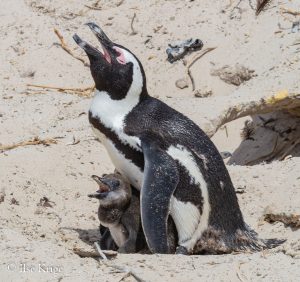 AFRICAN PENGUIN (SPHENSICUS DEMERSUS)
AFRICAN PENGUIN (SPHENSICUS DEMERSUS)
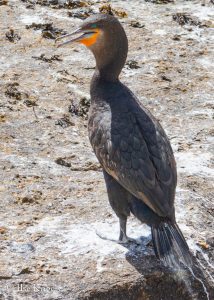 CAPE CORMORANT (PHALACROCORAX CAPENSIS)
CAPE CORMORANT (PHALACROCORAX CAPENSIS)
Red lights regarding the conservation of African Penguins (Spheniscus demersus) started flashing when the number of breeding pairs in the world dropped from 150 000 in 1956 to 26 000 in 2009, this 80% drop happening in just over 50 years. On 26 May 2010 African Penguins were reclassified from a Vulnerable to Endangered status. This colony was established in 1983 and numbers increased from surrounding island colonies to bring breeding numbers to 3 900 birds in 2005.
Unfortunately, there has been a decrease since then. The decline is the suspected result of habitat destruction, pollution, the effects of global warming and over-fishing on fish stocks and movement, irresponsible tourism activities and uncontrolled domestic pets/animals.
Conservation efforts include setting up protected nesting hutches, establishing a fishing exclusion zone around breeding sites, stopping the international trade in wild-caught penguins, a capture, raise and release programme for chicks who might not survive without intervention, and enforcement of the Southern SA Special Waters Area to prevent pollution by ships.
Info:
https://www.sa-venues.com/penguin-conservation.htm
From a tourist point of view, Boulders is a safe beach with rangers on patrol every day, but visitors should be warned that limited parking is available, and it is advisable to arrive early during peak times. Alcohol and smoking are prohibited on the beach while space depends on the tides, with more space available at low tide. There are many eatery options in the area. Being a conservation area, the beach is closed to all vessels including canoes and kayaks and no marine life may be removed. These beaches are part of the Table Mountain National Park, so an entry fee is payable (Wild Cards may be used) and opening and closing times apply.
https://www.sanparks.org/parks/table_mountain/tourism/attractions.php#boulders
After concluding model contracts with amount 40 penguins, 50 Cape Cormorants and a few gulls, one of which turned out to be an egg-thief, we moved on to Cape Point with its protected coastal fynbos which includes several endemic species, spectacular viewpoints, and isolated, brilliantly white beaches. The lighthouses and Vasco da Gama and Bartolomeo Dias monuments also provide a look at the maritime history of the area.
We took the Flying Dutchman Funicular to the viewing point beneath the old lighthouse and traversed the pathways up there to find more awe-inspiring scenery around every corner. After that we did a little drive, finding some nice bird colonies to photograph, including Terns and Sacred Ibises. We spotted ostrich and kept our eyes peeled for eland, unfortunately to no avail.
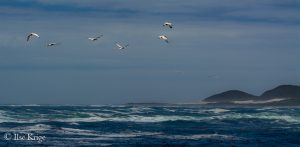 AFRICAN SACRED IBISES (THRESKIORNIS AETHIOPICUS), CAPE POINT
AFRICAN SACRED IBISES (THRESKIORNIS AETHIOPICUS), CAPE POINT
All good things come to an end, and as we had made a date to be at our next host’s by mid-afternoon, we scarpered ….. along the R310 to Stellenbosch … only to be told afterwards by wide-eyed locals that that was something that had changed in the Cape since we were there last. Apparently that coastal section of that road had become a hijacking hot spot. The Two Twits blundered along unscathed though, out-of-province number plates and all.
Stellenbosch, larger, but mostly unchanged since we left in 2003, was a nostalgic treat. We lunched in Dorp Street at The Meeting Place, drove past old workplaces and even the house where we lived, noting improvements with satisfaction and saw several friends, picking up right where we left off the last time we spent time together. Our stay with Jenny included a bonus of a trip along the coastal R44 for a delightful fish lunch at KabelJoe’s Restaurant in the picturesque coastal town of Kleinmond after a windy stop at the African Penguin colony at Betty’s Bay.
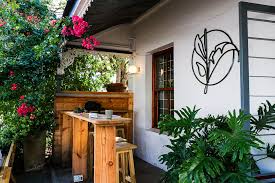 THE MEETING PLACE, STELLENBOSCH (PHOTOGRAPHER UNKNOWN)
THE MEETING PLACE, STELLENBOSCH (PHOTOGRAPHER UNKNOWN)
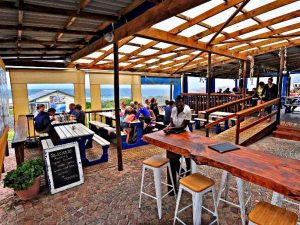 KABELJOE'S, KLEINMOND (PHOTOGRAPHER UNKNOWN)
KABELJOE'S, KLEINMOND (PHOTOGRAPHER UNKNOWN)
After having the expired windscreen-wiper motor replaced at Stellenbosch Toyota, we headed to Wellington via breakfast at the Potbelly Pig Farm Stall in Klapmuts to have tea with long-time and dear friends Craig and Michelle and Craig’s indomitable mum, Daphne. Then it was destination Franschhoek where we were expected by Janet and hubby John. Janet is in charge of the social outreach projects on the well-known Boschendal Wine Estate and lives there as well. We were treated to a tour of the estate and got to sample the homegrown fare from the farm, including grass-fed Angus steaks, free-range eggs, and hand-picked olives.
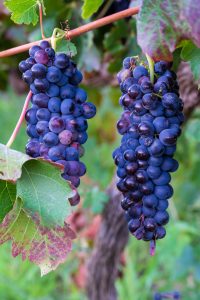 BOSCHENDAL, FRANSCHHOEK (PHOTO CREDITS - BRENT ABRAHAMSE)
BOSCHENDAL, FRANSCHHOEK (PHOTO CREDITS - BRENT ABRAHAMSE)
From this base we kept exploring, back to Stellenbosch for a drive up the picturesque Devon Valley, coffee and wine shopping at the amazing Spier Wine Estate and an enjoyable and superbly tasty lunch with school mate Amanda and her husband, Willem, at the Longridge Wine Estate. We also went to check if my parents were still where we left them in the Riebeeck West graveyard. You never know with those two, they might have commandeered Gramps and Nana to go on an adventure ….. however, if they did, they had returned safely and all four were resting peacefully. We made sure to do more wine-shopping in Riebeeck Kasteel and then, just for a change, we went beer tasting and shopping at the Franschhoek Beer Co.
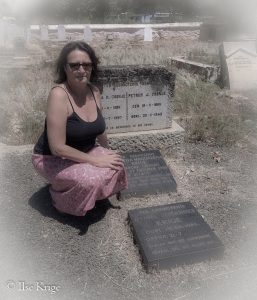 RIEBEECK WEST, VISITING WITH TWIT ANCESTORS
RIEBEECK WEST, VISITING WITH TWIT ANCESTORS
A festive dinner with Janet and John at Taki's in Franschhoek concluded our stay in this, one of the most beautiful areas of South Africa, and meant that we were heading home, slowly, but surely.
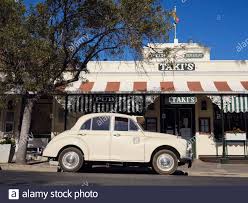 TAKI'S, FRANSCHHOEK (PHOTOGRAPHER UNKNOWN)
TAKI'S, FRANSCHHOEK (PHOTOGRAPHER UNKNOWN)


